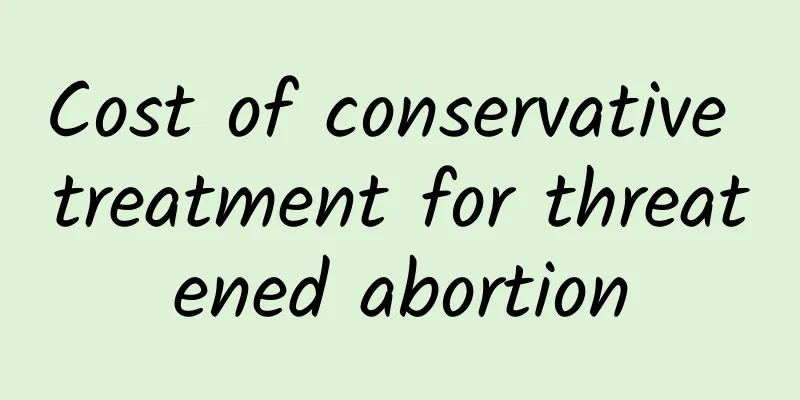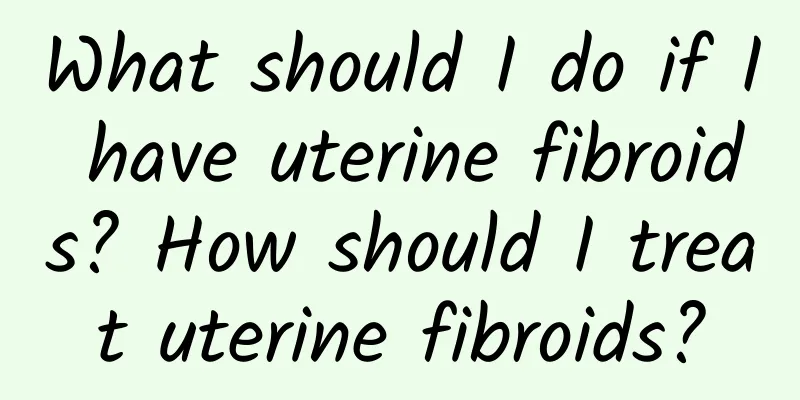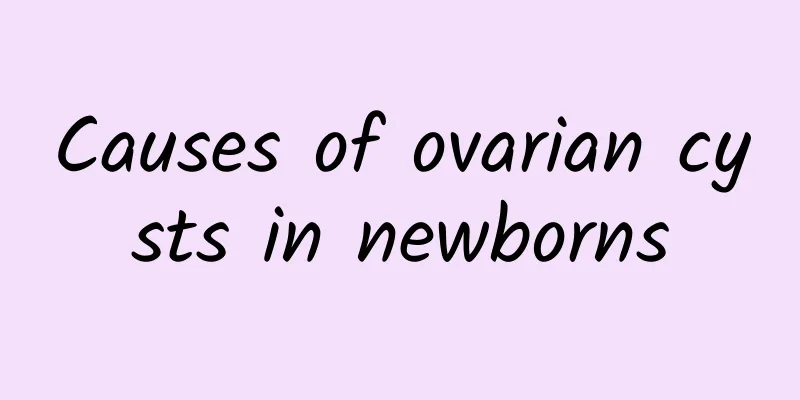Breaking the world record for cure rate of habitual abortion

|
The cure rate of habitual miscarriage is a concern for many people, because many young women will develop habitual miscarriage after multiple abortion operations, and even in serious cases they will no longer be qualified to be mothers. So, let us understand the world's high cure rate for breaking the habitual miscarriage. This mainly depends on the cause of your illness and the treatment. There are many reasons for miscarriage. The more common causes of early miscarriage are chromosomal abnormalities, endocrine abnormalities, uterine hypoplasia or malformation, lesions, infections, immunity, hormones, and blood type incompatibility. It is recommended that both parties go to the hospital for a pre-pregnancy check before pregnancy. For habitual abortion caused by endocrine abnormalities, drugs are usually used for treatment, and injections are used for patients with corpus luteum insufficiency. Patients with hyperprolactinemia are also treated with drugs, and the treatment effect is good for many patients. Habitual abortion caused by uterine diseases, abnormal uterine morphology, uterine adhesions and other problems needs to be solved by surgery. At present, corresponding treatment methods have been adopted for uterine diseases. 1. Uterine fibroids: The treatment of female infertility caused by uterine fibroids adopts a graded step-by-step treatment method, which effectively treats the symptoms according to different degrees. It is currently the ideal choice for treating uterine fibroids and preserving uterine reproductive health, and the cure effect is very good. 2. Endometritis: Combining Chinese and Western medicine can truly and effectively cure endometritis and target the various causes of infertility caused by endometritis. 3. Uterine hypoplasia: Hysteroscopic and laparoscopic combined technology can effectively cure uterine hypoplasia. Hysteroscopic surgery is simpler than abdominal uterine plastic surgery, with low postoperative morbidity, no uterine adhesions, and no need for intrauterine contraceptive device insertion. Pregnancy can be achieved after two cycles of hormone treatment, with good pregnancy outcomes and low cesarean section rates. It is currently the ideal method for treating uterine hypoplasia. |
<<: How long after a miscarriage can I stop taking medication?
>>: Where should I go to the hospital for examination of threatened abortion?
Recommend
Drinking coffee can increase muscle strength and prevent dementia... A table can help you understand your coffee intake and prevent addiction!
The popularity of coffee culture has also led to ...
Can people eat lychees after abortion?
You can generally eat lychees in moderation after...
How serious is the harm of cervical erosion in women? Five major hazards of cervical erosion in women
How severe is cervical erosion? Cervical erosion ...
Is subserosal uterine fibroid a benign tumor? Does subserosal uterine fibroid have any effect on conception?
Among gynecological diseases, uterine fibroids ar...
Cervical precancerous lesions specialist hospital
As a patient, the level of hospital experts is on...
Experts tell you, what are the main preventive measures for common cervicitis?
Do you know what are the main preventive measures...
How dangerous is a Bartholin's gland cyst?
What are the hazards of Bartholin's gland cys...
Can I use baking soda to clean my vaginal candidiasis?
It is usually not recommended to use baking soda ...
How much does it cost to check for pelvic peritonitis?
How much does it cost to check for pelvic periton...
What is mild cervical erosion? Pay attention to 3 nursing measures for cervical erosion
Mild cervical erosion is a normal physiological s...
There are several ways to check for cervical warts
Cervical warts have caused trouble to many patien...
Does female cervical erosion need treatment? Can female cervical erosion recover on its own?
Does cervical erosion need treatment? Cervical er...
What should you pay attention to after an abortion?
What should you pay attention to after an abortio...
What to do if you have irregular menstruation? Here are 5 dietary methods to help you easily treat irregular menstruation
Irregular menstruation is one of the common gynec...
100% batch-by-batch inspection of imported cattle with illegal records
The Executive Yuan's Food Safety Crisis Manag...









